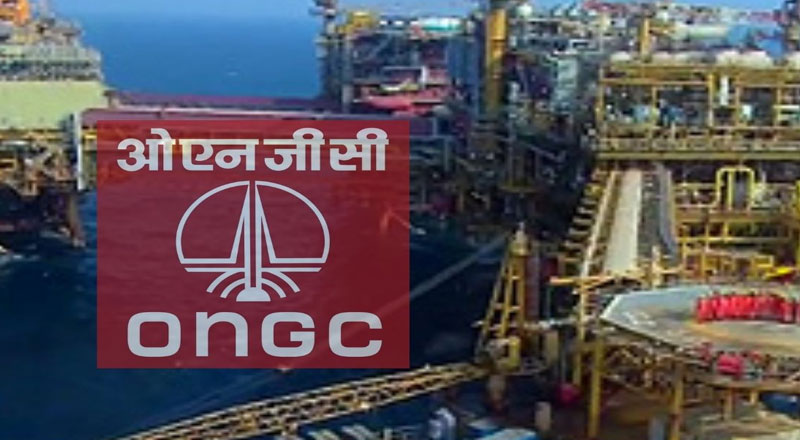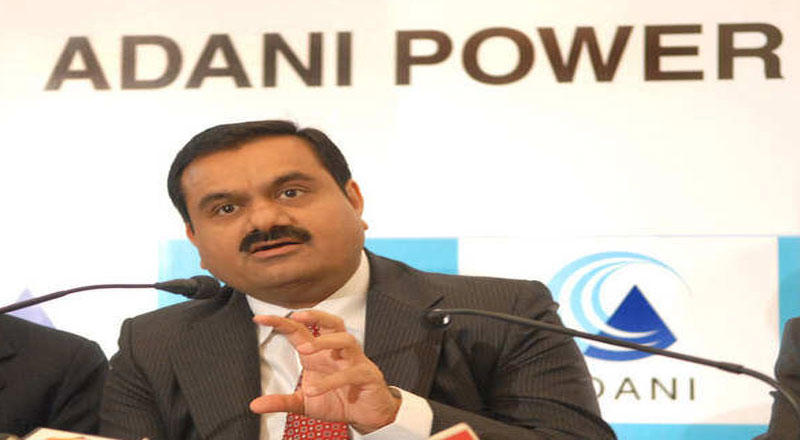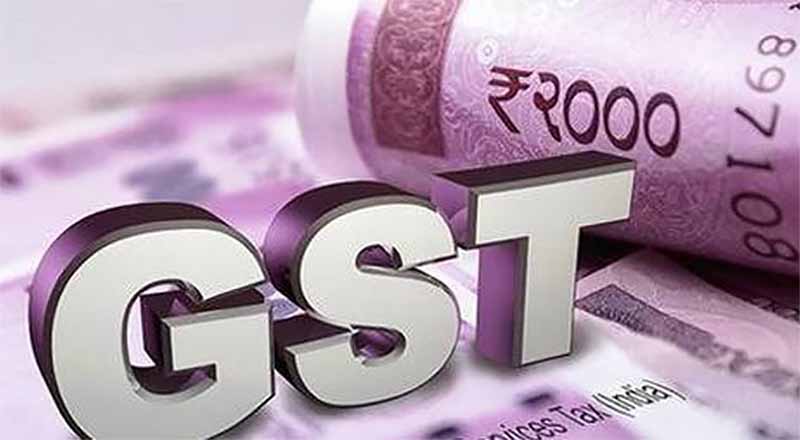- ONGC will invest over $2 billion in drilling 103 wells on its main gas-bearing asset in the Arabia Sea to add 100 million tonnes to production.
- The wells will tap smaller and untapped reservoirs and help raise output.
- India imports over 85 percent of the crude oil, almost half of the natural gas that produces electricity, makes fertilisers and provides CNG.
- The government has been pushing PSUs to step up efforts to increase domestic output which could help cut India’s import bill of $115 billion.
Oil and natural gas producer ONGC produces two-thirds of all oil and gas produced in India and any incremental production would help the country cut its dependence on imports for meeting energy needs. The state-owned company has three main assets off the west coast – Mumbai High, Heera and Neelam, and Bassein and Satellite, which contributed the bulk of 21.7 million tonnes of oil and 21.68 billion cubic metres of gas it produced in 2021-22. ONGC has seen a gradual decline in output for over a decade, primarily due to its old and ageing fields, but now the giant is working on a comprehensive asset base plan for a turnaround.
ONGC has said it will invest over $2 billion in drilling 103 wells on its main gas-bearing asset in the Arabia Sea as it aims to add 100 million tonnes to production. “We have released a record 103 locations for drilling of wells on the Bassein and Satellite (B&S) assets over the next 2-3 years,” ONGC Director (Offshore) Pankaj Kumar said. “We estimate that this development drilling will enhance output by over 100 million tonnes of oil and oil equivalent gas over the life of the field,” he said. “The investment involved in drilling and facilities will be over $2 billion.”
Kumar said B&S asset has several fields including prime Bassein gas field, D1 and Tapti-Daman. These currently produce 55,000-56,000 barrels a day (2.8 million tonnes) of oil and 28 million standard cubic metres a day of gas. “We have done a reservoir profiling for the entire asset to plan the drilling campaign,” he said, adding new wells will bring additional production that will offset the natural decline in older wells and add to the overall output.
India imports over 85 percent of the crude oil, which is later converted into fuels such as petrol and diesel; and imports almost half of the natural gas that produces electricity, makes fertilisers and provides CNG.
The government has been pushing PSUs to step up efforts to increase domestic output which could help cut India’s import bill of $115 billion.





